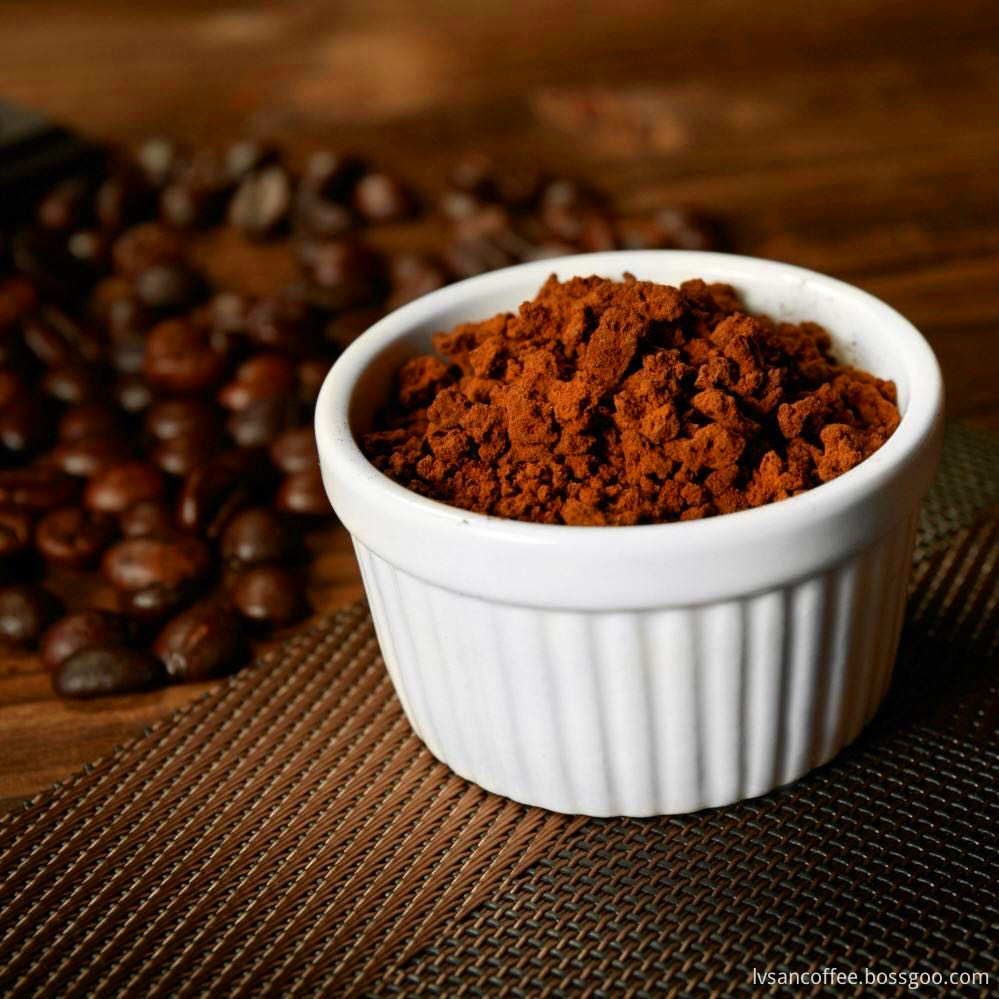Fertilizer demand for corn: The yield increase effect of corn fertilization depends on soil type, basic fertility, sowing season, yield level, variety characteristics, ecological environment and fertilizer type, ratio and fertilization technology. The total amount of nitrogen, phosphorus and potassium absorbed by corn increased with the increase of yield level. In most cases, the main nutrients absorbed by corn during its lifetime are nitrogen, followed by potassium and phosphorus. Under normal production level, sweet and waxy corn can be applied organic fertilizer 2000-3500 kg per mu, nitrogen fertilizer urea 20-30 kg, phosphate fertilizer superphosphate 40-50 kg or diammonium phosphate 10-15 kg, potassium fertilizer potassium chloride 10 -15 kg, 1 kg of zinc sulfate. If you choose compound fertilizer, you can also estimate it accordingly. At present, the fertilizer types applied in the southern region mainly include decomposed farmyard manure, urea, ammonium bicarbonate, ammonium sulfate, ammonium chloride, superphosphate, calcium magnesium phosphate, potassium chloride, potassium sulfate, plant ash and compound fertilizer. It is base fertilizer, seedling fertilizer (joint fertilizer) and attacking fertilizer. Some farmers use the "fertilizer" method of base fertilizer or jointing fertilizer to easily cause the plant to grow too fast in the early stage, poor resistance to lodging, and later defermentation and premature aging. Precautions for fertilization: There are many rains in the south, the soil is infertile, and the water retention and fertility are poor. In addition, most of the areas often have seasonal spring, summer or autumn drought. In fertilization, attention should be paid to nitrogen separation, and roots are promoted by fertilizer. Promote roots, adjust water with fertilizer, improve the function of water absorption and water retention of corn, and achieve the purpose of improving fertilizer utilization efficiency. 1. Compared with ordinary corn, sweet and glutinous corn has a short growth period and rapid growth in the early stage. Therefore, it is necessary to focus on applying base fertilizer and seed fertilizer, and early topdressing; sweet and waxy corn seedlings are less strong than ordinary corn, and the whole fertility The period should be promoted. In addition, the application of farmyard manure and appropriate application of phosphorus and potassium fertilizers help to improve the quality of sweet and waxy corn. 2. Fertilization principles: First, organic fertilizer is the main factor, supplemented by chemical fertilizer; second, the balance of nitrogen, phosphorus and potassium. First, set the nitrogen according to the target yield, and then proportionate the phosphorus and potassium fertilizer. The type and quantity of fertilizer should be determined according to the target yield; the third is the balance of trace elements. Follow the rules of crop fertilizer requirements and soil nutrient, and adopt the principle of deficiency and supplementation. In the operation of fertilizers, the principle of applying sufficient base fertilizer, proper amount of fertilizer, light application of seedling fertilizer, skillful application of fertilizer, and application of panicle fertilizer should be followed. The amount of fertilizer applied and the type of fertilizer can be adjusted according to different varieties, different soil forces, different seasons and different seedling conditions. The production requirements of pollution-free agricultural products shall be implemented in accordance with NY/T496 (Guidelines for Rational Use of Fertilizers). Organic fertilizers shall be mainly used in combination with inorganic fertilizers; industrial wastes, municipal wastes and sludge shall not be applied; Organic fertilizers that do not reach pollution-free treatment and heavy metals. 3. Fresh corn has short growth period and concentrated fertilizer time. Nitrogen fertilizer distribution generally uses 20%-30% of base fertilizer, joint fertilizer (seed fertilizer) accounts for 30%-40%, and attack fertilizer (sow fertilizer) 30%-40 %, strong grain fertilizer accounts for 0-5%. On the basis of the application of the base fertilizer, the top dressing should be carried out twice in the jointing stage and the big bell stage. Due to the harvest of fresh ears, there is generally little or no application of granular fertilizer. If the foundation of the ground force is low, or there is no application of base fertilizer or seed fertilizer, the “pre-weight and light-weight†distribution method can be adopted, that is, the amount of topdressing in the jointing period accounts for about 60% of the total topdressing amount, and the large bell mouth period accounts for about 40%; If the soil is more fat or has applied base fertilizer or seed fertilizer, it is better to adopt the distribution method of “front light and medium weightâ€, that is, about 40% of the top dressing stage and 60% of the big bell period. 4. The amount of fertilizer applied and the method of application should be reasonable. When topdressing, pay attention to changing the topsoil as a ditch or acupoint application; fertilization combined with natural rainfall or irrigation to improve fertilizer efficiency. Control the excessive accumulation of nitrate in fresh corn by adding organic fertilizer, applying nitrogen fertilizer and balanced fertilization. Nitrogen fertilizer was applied in several stages, and nitrogen application was stopped about 25 days before harvest. 5. Use the soil and fertilizer station recommended by the soil test formula and formula special fertilizer. Purchase chemical fertilizer at a fixed agricultural business outlet, request and properly keep the invoice. Water management: The requirements for water in different growth stages of maize are different. During the whole growth period, water consumption has a great relationship with soil, climatic conditions and cultivation techniques. When planting, good soil moisture is the guarantee to achieve Miaoquan, Miaoqi, Miaozhuang and Miaoyun. If the soil is insufficiently or unevenly planted, it will inevitably result in the lack of seedlings and ridges, or the seedlings will be uneven in size, with many weak and small plants and high empty stalk rate. The suitable soil moisture for corn planting is 65%-75% of the field water holding capacity. If it is lower than 65%, it must be sown after sowing. The corn seedling period is more drought-tolerant, ensuring that the soil water holding capacity is 50%-60%, and the soil water holding capacity after jointing should rise to about 70%. 10 days before the tasseling, it enters the most sensitive period of water. In this case, encountering “ka neck drought†will seriously affect the number of rows of corn ears and the number of rows of grains. During the filling period, sufficient water is needed to maintain the normal function period of the leaves, and the grain weight is increased. The drought and water shortage will cause the baldness to be deficient and the grain weight will decrease. Therefore, after sowing, the seedling stage is mainly moist, too dry and over. Wetness is not conducive to the growth of seedlings and seedlings. During the refining period, the dry and wet alternate state is maintained. Sweet corn seeds have more sugar and less starch. After sowing, watering is easy to cause rotten seeds. Watering after 3-4 leaves can be considered. Before and after tasseling, the key period of sweet and waxy corn is required to meet the requirements. This stage should be maintained. The soil is moist; a few days before harvest, water is properly controlled to improve quality. Winter corn is irrigated once before low temperature, which helps to prevent frost and increase the cold resistance of plants. Sweet, waxy corn likes to be wet and scarred. There are more rains in the south, especially in the summer and autumn. In order to prevent the corn from being damaged, the drainage ditch should be dug around the plot and pay attention to clearing the ditch. In case of typhoon and rain, it is necessary to drain and down in time to reduce losses. Pest management in the sowing period: In addition to seed coating, the plots that are often harmful to underground pests can be applied to the toxic soil or planted at the time of ridges: 50% phoxim emulsifiable concentrate per acre 200 - 250 g of water 1-2 kg plus fine soil 25-30 kg mix well and then apply ridges, or use 40% chlorpyrifos EC 150-180 g / ag with watering at the time of sowing. Disclaimer: Some articles on this website are transferred from the Internet. If legal rights of third parties are involved, please inform this website. phone
100%Robusta Instant Coffee:3IN1 Coffee and milk tea has mellow stranger flavor;
1. Special large package for industrial raw material sales;
2. 100% pure coffee;
3. Good instant solubility;
4. Unique aromatic oil recovery device to maintain the flavor of coffee to the greatest extent;
5. Stable raw material origin and long-term supply
Instant Cold Coffee,Good Instant Coffee,,Agglomerated Instant Coffee,Caramel Flavored Coffee Yunnan New Biology Culture Co,.Ltd , https://www.lvsancoffee.com


Corn fertilizer preparation is sufficient to increase production
Next Article
Pig house daily cleaning method